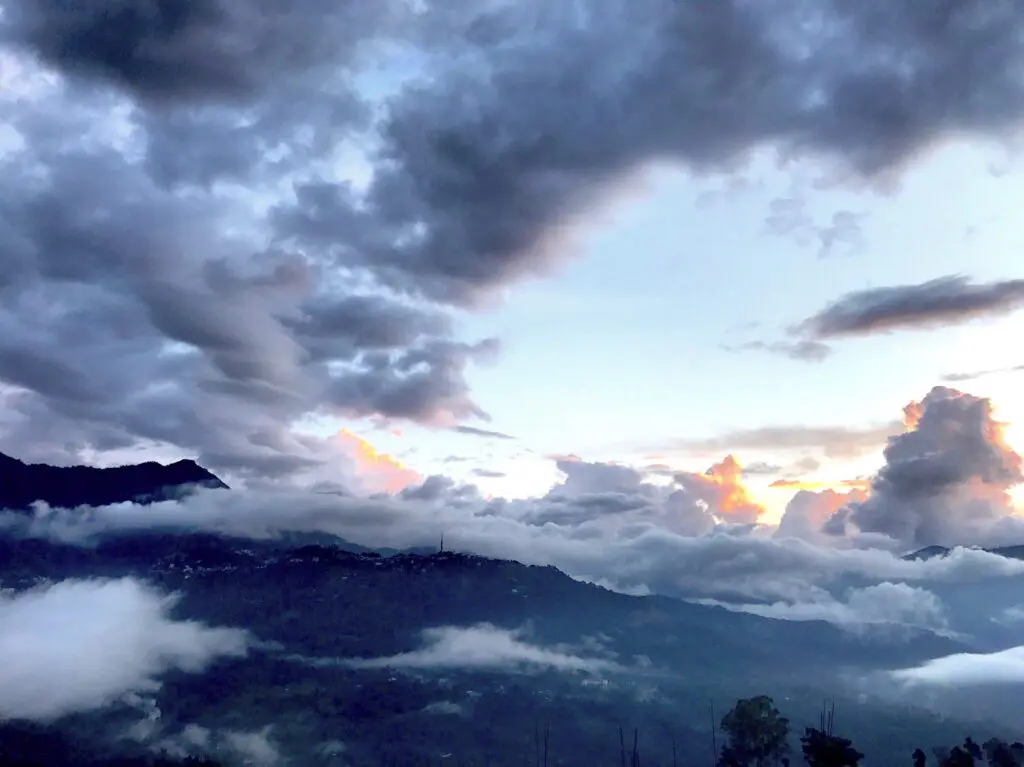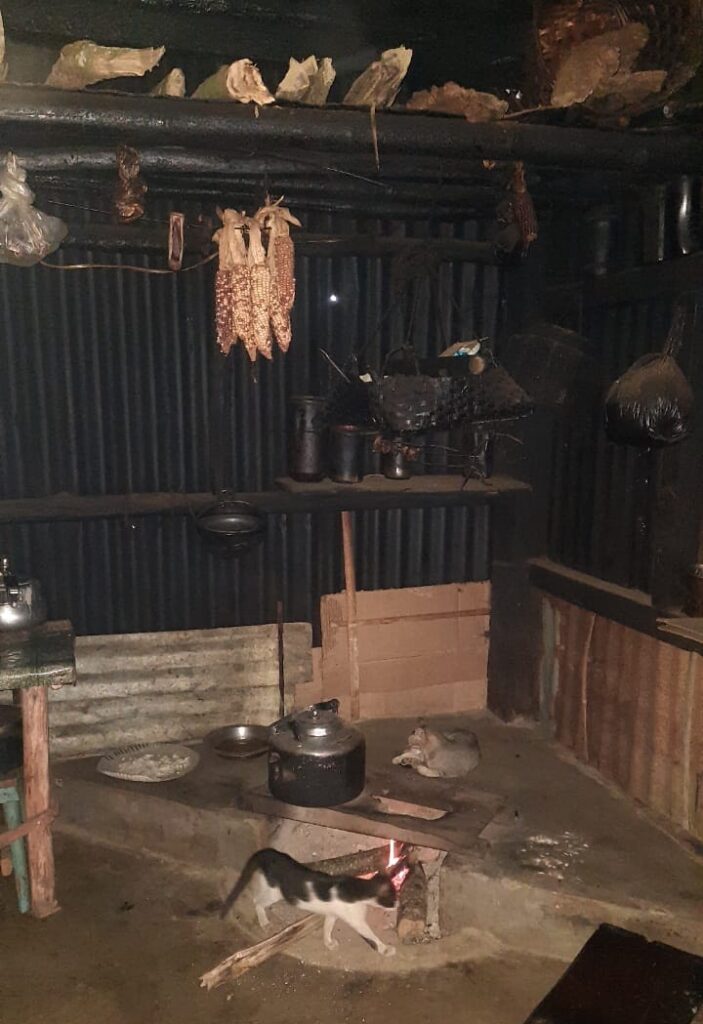Speaking in Tongues

My poem “Speaking in Tongues” explores the nature of tribal identity in a culture where language has, over millennia, played a central and definitive role in carving and accessing history. With no native script, the Nagas, a group of more than 30 tribal communities in present-day India (Nagaland, Manipur, and Arunachal Pradesh) and Myanmar, cultivated and sustained their history through Oral Traditions passed down generations. This past was sparsely chronicled until the incursion of the British into Naga soil in the 19th century.
Naga Oral Traditions are embedded in linguistic idiosyncrasies, folklore, beliefs, customs, and material culture. Through these, Nagas are able to ascertain and lay claim to their tribal identity. To engage with the Naga universe—or in this case, the Lotha Naga world—is to grapple with the language that constructs, constitutes, regulates, and acts as a point of departure for knowing what it truly means to be a Lotha.
This language of the Lothas, called Kyong-yi by the Lothas, reflects the traditions that it has sustained over millennia. In this sense, every word communicates with tradition, as it consciously and unconsciously seeks and absorbs new avatars.
However, owing to many factors, our tribal languages are witnessing an erosion from within as many younger-generation tribals use English or Nagamese (a creole spoken in parts of Nagaland) as their preferred language of communication instead of their own tribal language. This has greatly aided in the devolution of our tribal languages and intensified collective cultural amnesia.
In the Lotha Naga context, this culture change has led to an uneasy commingling of the traditional and the modern. The traditional now symbolizes a past that can be customized or evoked to assert one’s identity, but one whose practices are no longer part of lived reality. My poem seeks to situate this intergenerational gap between the past (as symbolized by the grandmother) and the present.
I also address how Indigenous tribal cultures have to adapt and shed their layers in order to survive in a world where, unlike their own, human experience is linear, documented, and often monolithic. In the final stanza, I try to demonstrate how language and culture loss have become a fundamental fact of tribal life today.
Speaking in Tongues
Her kitchen smelled of the marrow of leaves,
the walls creaked against the crackling wind.
Smoke stood still above the fireplace,
clenching the corpses of wild maize like fierce
mother cats carrying their litters.
She didn’t speak much to me or mother,
but when she did, she spoke with the fluency
of old languages that have a word for every sentiment, sound,
and movement under the sky, like the path of the lizard
as it moves on a rock, or a baby’s breath deepening into sleep,
or having your blanket roughed up by the body’s movement
after a night of distilled pleasures.
She finds her tongue is now corkscrewed
into forms that her mouth is not accustomed to,
and she can only pull out of them languages of the dead
that light up phantasms that mother and I are afraid of.
We talk to her in our uncompanionable Lotha,
supercharged with English tones that slash and burn
the sound of the waterfall and the music of the lily
while pretending nothing is awry.
Often our words told her things we didn’t intend,
so we often let our tongues rest and let
our bodies do the talking.
On that day, when she called me into her den of shadows,
warming her hands that looked like hoofs around the firepit,
she told me she had seen a dream,
hoofs on kneecaps:
“In that dream, dear granddaughter, you tore the wooden fences
of your father’s house and built a ship with them,
and out of your mouth grew rhododendrons, just like that.”
Afraid, my voice cracked from corner to corner as I wept,
thinking I would perhaps one day become a plant,
or worse still, a ship swimming in a puddle of shadows.
“Aka, ti kyvua,” she said. “It’s just a dream.”
[1]
[1]
“Granddaughter, don’t be afraid.”
She stepped out of the kitchen like a wounded doe in search of water,
from that universe where maize and meat drill shapes into the night,
and only then did I feel the syllables leaving my mouth:
“Atsu, kolo woala?”
[2]
[2]
“Grandmother, where are you going?”



























